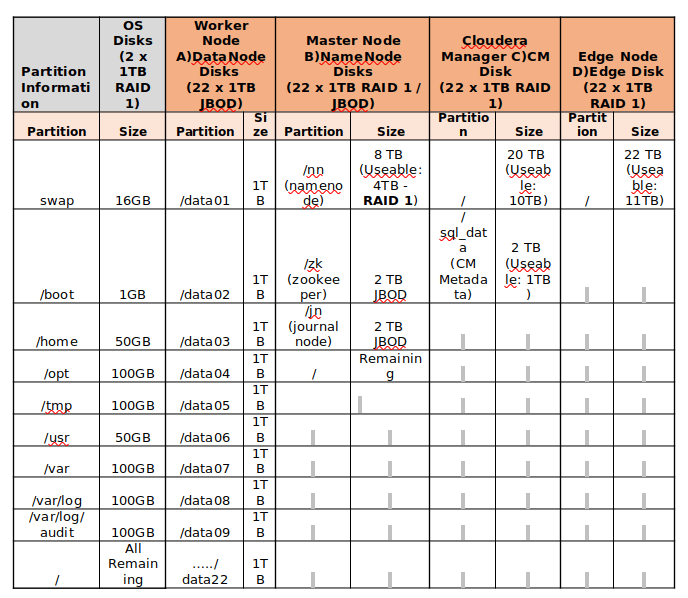A Bash function is a predefined set of commands and can be use n number of times. It is useful to avoid repeatedly writing same code. In this tutorial, we will show you the basics of Bash functions. Create Bash Functions# It is very easy and straightforward to create a bash function. You can declare
Make Linux Great Again
Setting Up Hadoop Pre-requisites and Security Hardening – Part 2
Hadoop Cluster Building is a step by step process where the process starts from purchasing the required servers, mounting into the rack, cabling, etc. and placing in Datacentre. Then we need to install the OS, it can be done using kickstart in the real-time environment if the cluster size is big. Once OS installed, then
How to Undo Last Git Commit
Sometimes, when working with Git, you may want to undo the latest commit. A commit is a snapshot of a Git repository at a given time. Git has a reference variable called HEAD that points to the latest commit in the current working branch. To undo a commit, all you need to do is point
How to Create Bash Aliases
Bash aliases are shortcuts for the long commands. It allows you to set a memorable shortcut command for a longer command. This guide explains how to create bash aliases on Linux system. Creating Bash Aliases# It is very easy to create bash aliases. Following is the general syntax: alias alias_name=”command_to_run” You should put the alias
How to Manage Containers Using Podman and Skopeo in RHEL 8
One of the challenges developers faced in the past is getting applications to run reliably across multiple computing environments. Oftentimes, applications didn’t run as expected or encountered errors and failed altogether. And that’s where the concept of containers was born. What are Container Images? Container images are static files that ship with executable code that
BpyTop – Resource Monitoring Tool for Linux
BpyTOP is another Linux command-line utility for resource monitoring among many other utilities like a top, Htop, Bashtop, etc. bashtop users can expect similar features in bpytop since bpytop is ported from bashtop and completely written in Python. Bpytop is available for various linux distributions and macOS. BpyTOP Features Fast and responsive UI. Keyboard and
How to Use Platform and Keyword Module in Python
The platform module provides an API to get information about the underlying system/platform where our code runs. Information such as OS name, Python Version, Architecture, Hardware information, etc. is exposed via platform module functions. This module does not require installation since it is part of the default libraries that comes with python installation. First, let’s
Install Odoo 14 on CentOS 8
Odoo is the most popular all-in-one business software in the world. It offers a range of business applications, including CRM, website, e-Commerce, billing, accounting, manufacturing, warehouse, project management, inventory, and much more, all seamlessly integrated. Odoo can be installed in different ways, depending on the use case and available technologies. The easiest and quickest way
Best Practices for Deploying Hadoop Server on CentOS/RHEL 7 – Part 1
In this series of articles, we are going to cover the entire Cloudera Hadoop Cluster Building building with Vendor and Industrial recommended best practices. Part 1: Best Practices for Deploying Hadoop Server on CentOS/RHEL 7 Part 2: Setting Up Hadoop Pre-requisites and Security Hardening Part 3: How to Install and Configure the Cloudera Manager on








